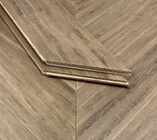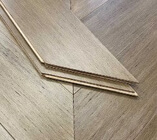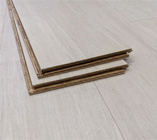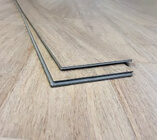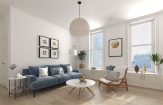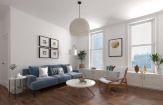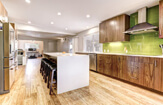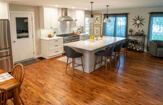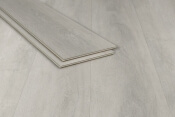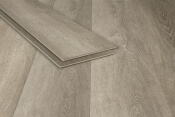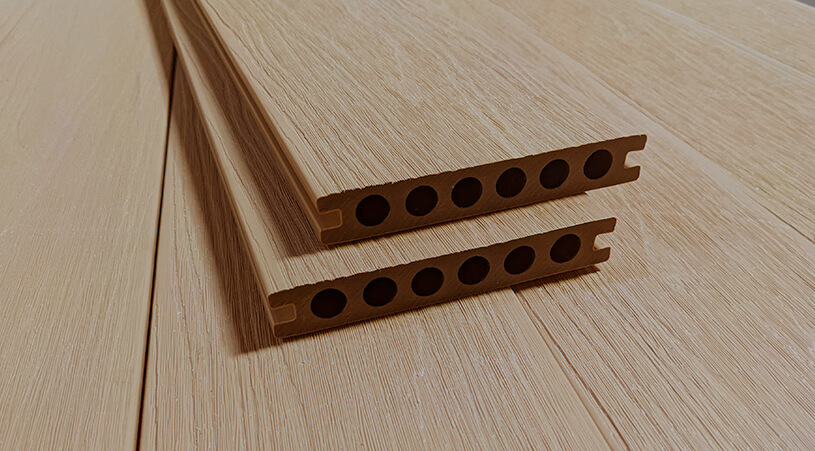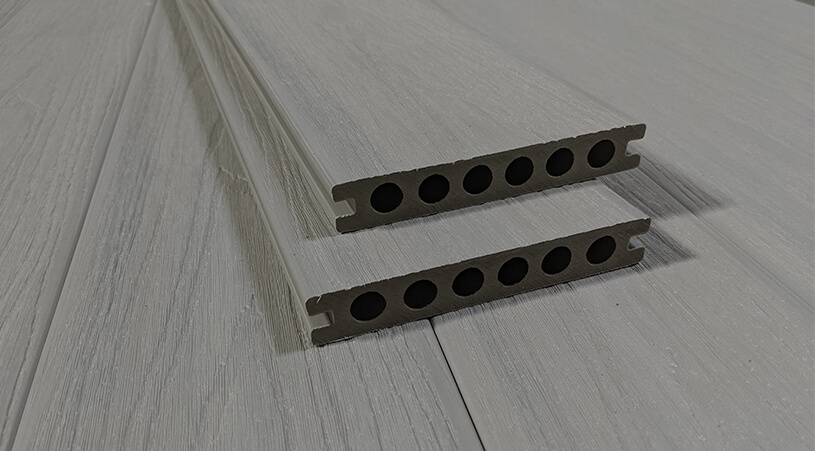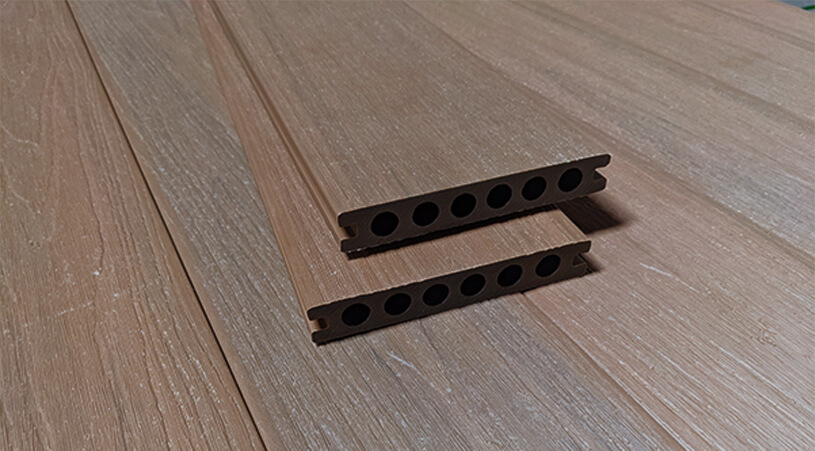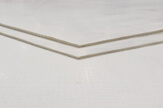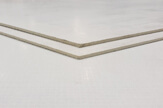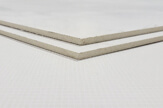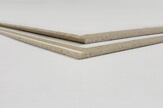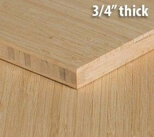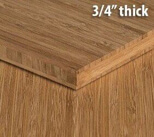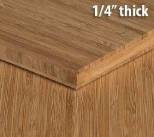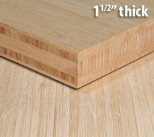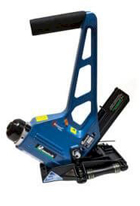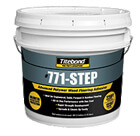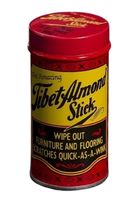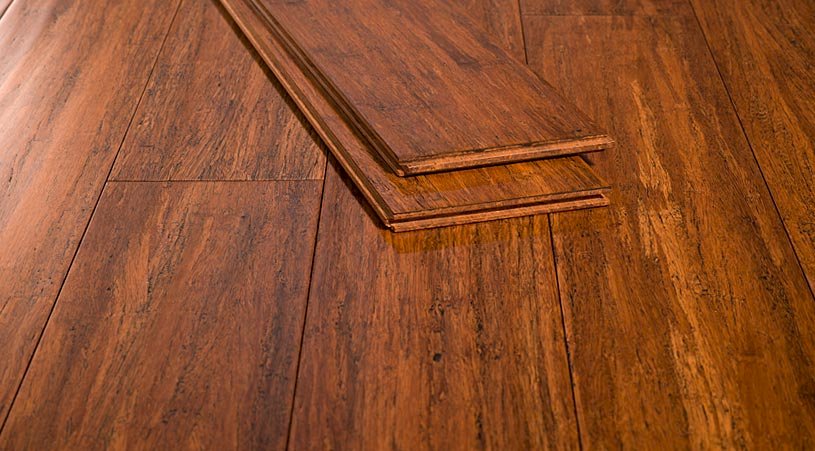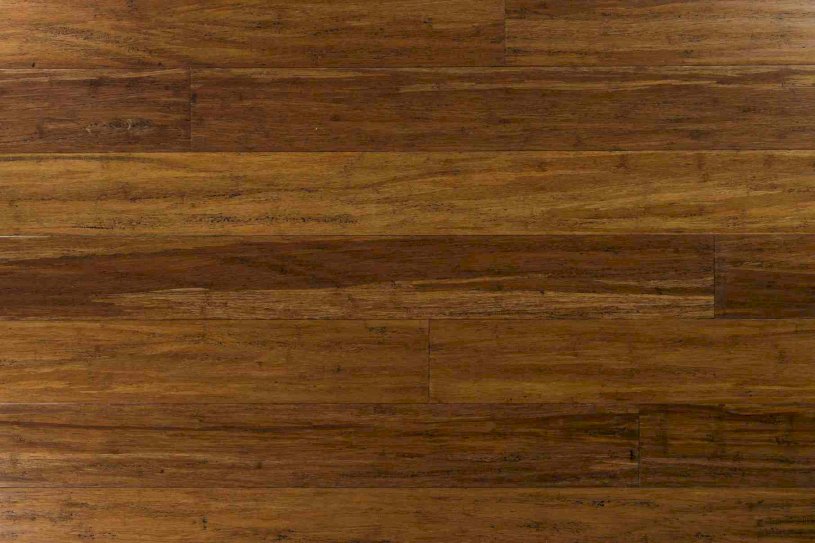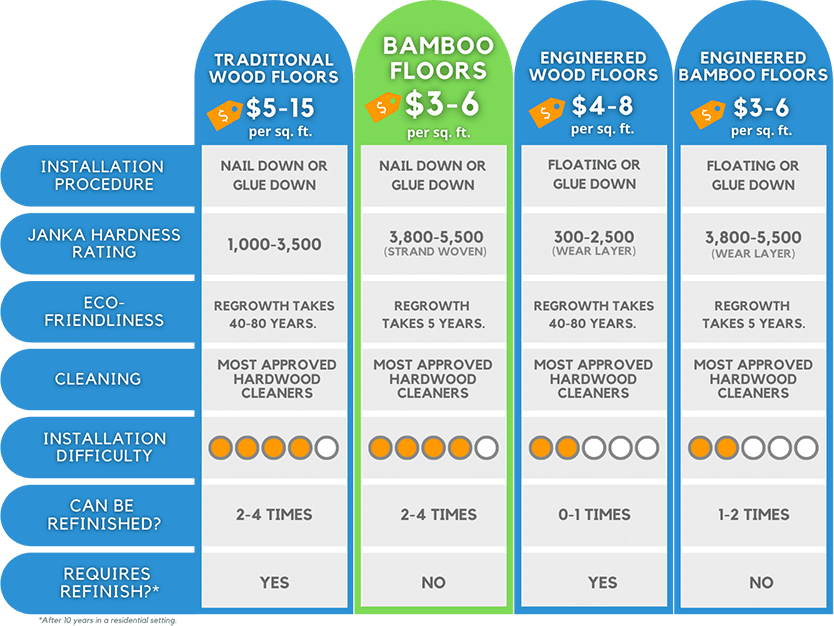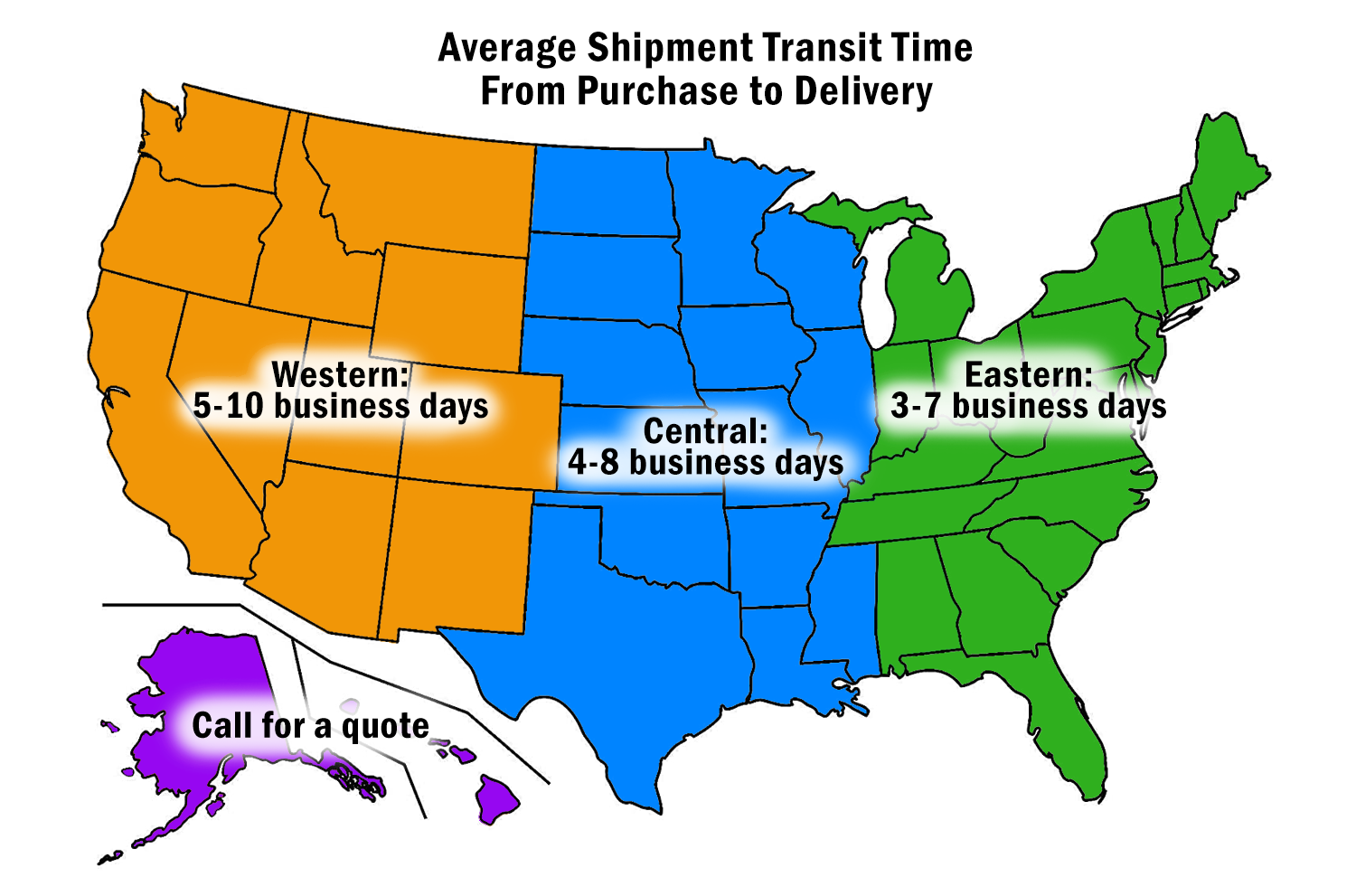For a comprehensive list, check out our Why Ambient page!
Quality matters, especially with bamboo. What really sets Ambient apart from other brands is our unparalleled quality control process, which takes place before, during, and after we manufacture our products. A quick web search about complaints and reviews on real sites like Yelp, ComplaintsBoard.com, and Reseller Ratings will show you that our quality is without peer in the industry.
The environment matters. Our floor materials are all sourced from well-managed forests. All of our floors are Lacey Act compliant, which ensures they're legally sourced with minimal damage to the environment. All of our adhesives are zero VOC and our floor finishes are all ultra-low or zero VOC as well.
Low prices for high quality. Since we're the only bamboo flooring brand that doesn't sell through distributors or resellers, you truly get the lowest prices on the highest quality floors.
Dye-lot-specific ordering. Every Ambient flooring order all comes from the same lot – so you don’t get shade patches in your floor. Furthermore, each of our samples has a sticker on the back with its dye lot number – just mention that lot number when ordering and presto – your flooring order will come from that exact lot so you know that your final floor will match your sample.
All of our products are safe for you and your family. If you're looking for safe, ultra-low emission floors, look no further. We've proudly achieved Floorscore certification, and our annual test results show that Ambient floors emit "effectively zero" formaldehyde emissions. In fact we are the only flooring brand that proactively tests its products for off-gassing randomly and voluntarily every single year, and have since 2006! We take the health of our customers very seriously - as if it were our own – that is why many of our employees and their families have our floors in their homes.
We are a one-stop shop. We provide a wide range of trim, moldings and installation supplies for our floors. Many of our moldings and trim pieces are specifically designed to match the colors and surface styles of our floors. We do all that we can to ensure that you have a finished look that will get compliments for years to come.
We specialize in strand woven bamboo and eucalyptus floors. We helped pioneer the market in these incredibly durable and beautiful products. Because of our experience, we have one of the lowest claim ratios in the bamboo flooring industry – almost zero.
Don’t take our word for it – do a web search. If you do a web search on our company name vs other brands you will see we have earned a reputation for quality that is unequaled. We guarantee that if installed correctly, our floors will not shrink, buckle, or warp – problems that can plague other brands.
 (866) 710-7070Talk to an expert!
(866) 710-7070Talk to an expert! 0 Cart$0.00
0 Cart$0.00
 0
0 

